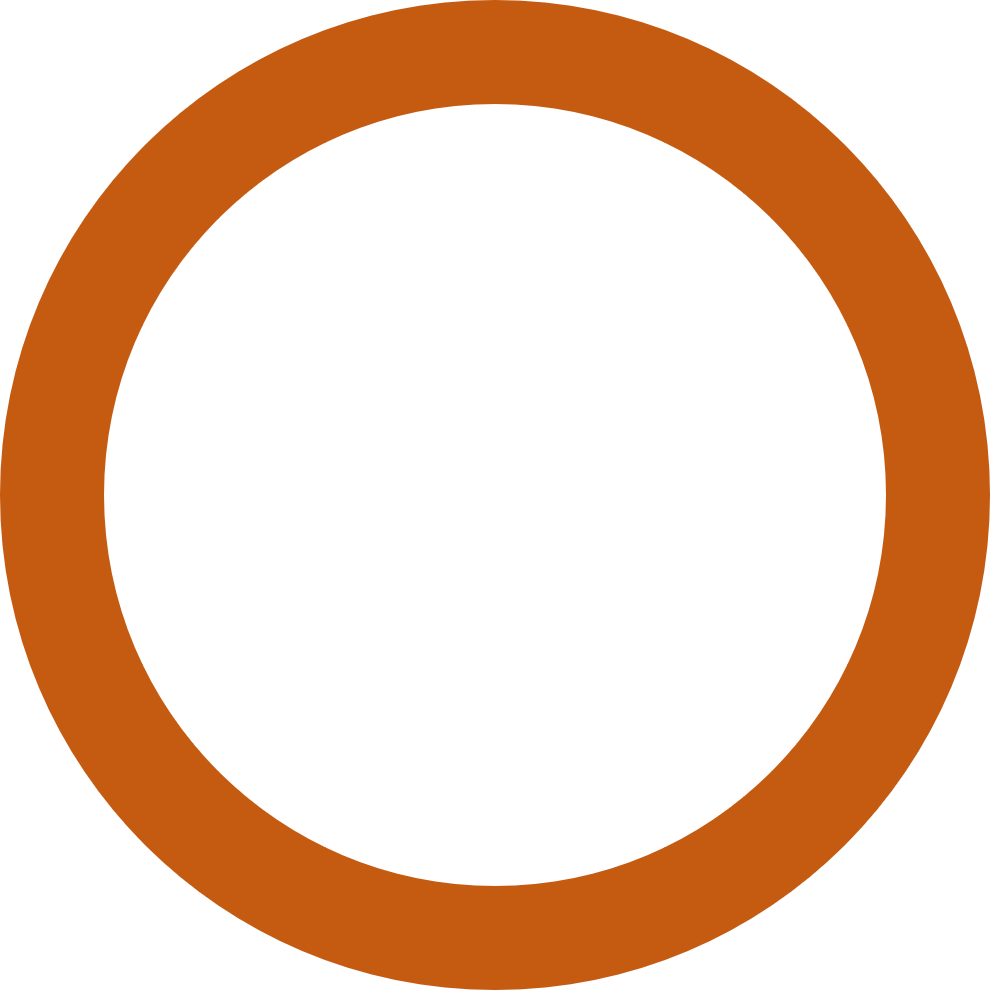24th Licencing Round: new opportunities for chasing giants
in the Norwegian Sea and the Barents Sea.
Original news article from June 21st, 2018 from Petro.no in Norwegian HERE.
11 companies were awarded a total of 12 new licenses in the 24th Licensing Round on the Norwegian Continental Shelf. Three of the licenses are in the Norwegian Sea, nine licenses are located in the Barents Sea.
Petro.no has interviewed three of the key people from the Norwegian Petroleum Directorate involved in the licencing round - geologists Janka Rom and Nils Rune Sandstå and Stig-Morten Knutsen, Deputy Director of Exploration in NPD.
- How would you summarize the licence awards?
"The industry has generally been offered more licenses in this round than in the past, and it shows that there is still great interest in exploring the Norwegian Continental Shelf. We see that oil companies are integrating new data, new ideas and new exploration models, and trust that the 24th Licencing Round will provide for great value creation in both the Norwegian Sea and the Barents Sea", Knutsen says.
- After some quiet years in the area, new licenses are now being awarded in deep waters in the Norwegian Sea. What can we expect from that area?
"Deep sea exploration in the Norwegian Sea has gone up and down, and for now we only have one field in production, Ormen Lange, and number two imminent, Aasta Hansteen. New technology and better seismic data make companies look at new opportunities”.
- And the license award west of the Draugen ....?
"It is an area with only few wells, but the area is close to existing infrastructure. It is also the Draugen license that has applied for and has been awarded this acreage", says Janka Rom.
- The Authority's assessments of the oil companies that have applied for acreage in this license round?
"It is mostly experienced and large companies that have applied for and offered areas, perhaps with the exception of M Vest Energy, which is a smaller company, but with solid expertise and exciting technological ambitions. The smaller oil companies on the shelf are more active when allocating near-field areas in the annual APA Licence Rounds than in the regular licensing rounds", Knutsen said.
- Are there any companies that applied for license, but were not offered any acreage?
“As stated in the 24th Round Application List and the List of Awarded Licences, RN Nordic Oil and Kufpec have applied, but have not received offers”, according to Rom.
- Because?
“You should ask the companies about that.”
- There is one commitment well in the work program. How is this number compared to previous rounds?
“There were three wells in the 23rd Round, two of which were firm. So it's a decline since last Concession Round, something that is quite natural given the area available and the maturity of this area”, says Sandstå.
- Is there a interest from the authorities to get the most possible commitment wells?
“No, not necessarily, we want the best work program for each license. Often seismic acquisition and interpretation, with subsequent drill decisions, will be a natural first step, but if there is already good seismic available for the operators, it may be advisable to move to a commitment well. The point is that it depends on the data available and regional work already done in the area”.
Elephant hunting west in the Barent Sea
The independent exploration company ExploCrowd has worked the Western Barents Sea area thoroughly, and founder Sidsel Lindsø is looking forward to the fact that the oil companies will now go ‘Elephant Hunting’ in this part of the Barents Sea.
"This is a very interesting and highly complex area of he Barents Sea, which in principle has been perceived as a gas basin for four decades, however, our understanding is that the exploration wells in the area are not necessarily representative of the prospectivity in the Western Barents Sea. Even though gas becomes geopolitically more and more interesting, in relation to stable energy supply to Europe, we imagine that the
companies are primarily interested in oil, which is consistent with the results of our studies of the petroleum systems in this area", says Lindsø.
“License 960 covers part of a large inversion structure, which is, in principle, the size of the Korpfjell structure, and it has the potential to capture oil generated in a very large area”.
Equinor, Lundin, Dea and Petoro have secured the license west of Hammerfest.
"In our understanding, the PL960 partnership will test a new exploration model, where we consider that the possibility of finding a good reservoir quality reasonable - but the big question is whether oil and gas have leaked out or if there is anything left? But regardless of the result of the first exploration well, this is such a big structure that there is potential for many smaller traps where oil can be found”.

